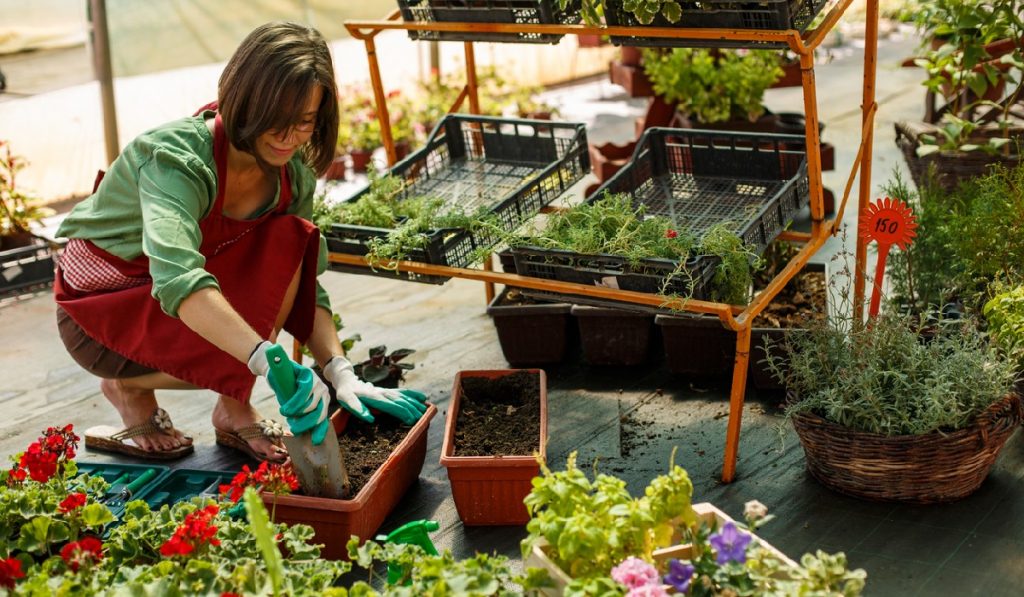Tips to Remedy Your Tough Soil and Make it Usable Again

Shelling out money for a truckload of fresh topsoil every few years is not only costly, but it’s unsustainable. A much better option is to learn how to refresh your dry and hard garden soil outside, so it can continue to provide the nutrients your plants need year after year.
In this post, we’ll share our top tips for rejuvenating garden soil, so you can stop wasting money on topsoil and start saving money in the long run. We’ll also share some of our favorite soil amendments and products that will help you achieve success.
Caring for Your Soil
A lot of gardeners have to deal with the problem of dry and hard soil, which can be very difficult to work with. There are a few things you can do to rejuvenate your garden soil and make it more hospitable for your plants.
Irrigation
One of the most important things you can do is to make sure that your garden is properly irrigated. This means that you need to water it regularly and make sure that the water is penetrating deep into the soil. If the water is just running off the surface, then it’s not going to do much good.
Soil Turning
Another thing you can do is to till and turn the soil regularly. This will help to aerate the soil and make it looser, which will make it easier for roots to penetrate. It will also help to break up any clumps of soil that have formed.
Nursery Spade
If you’re looking for ways to take your gardening game up a notch, then you need to start using a nursery spade. This way you can dig deeper into the soil without having to put in extra elbow grease. Nursery spades have long handles and sharp blades that make it easy to dig deep into the ground. This is especially beneficial if you live in an area with hard soil, you can easily loosen it and make it more receptive to planting. Nursery spades help you transplant plants easily as well. You can dig up the entire plant, roots and all, and then replant it in its new location. By using a nursery spade to dig holes in the ground, you can help the roots get air as well. This aeration helps the roots grow stronger and results in healthier plants overall.
Types of Spades
Transplanting spades: As its name suggests, this type of nursery spade is explicitly designed for transplanting plants. It has a long handle and sharp blade that makes it easy to dig up an entire plant.
Soil loosening spade: This type of nursery spade is explicitly designed for loosening up hard soil. It has sharper edges to help get into the soil and mix it up.
Aerating spade: This type of nursery spade is for aerating the soil. It has multiple blades that create small holes in the ground when used, allowing air to reach your plants’ roots.
Mulching
You can use mulch to help keep the soil moist and cool. This is especially important in hot weather, as it will help to prevent evaporation. Mulch will also help keep weeds down, which will make your garden easier to take care of. You can also add organic matter to the soil, which will help to hold moisture and add nutrients. This can be in the form of compost, manure, or even just leaves and grass clippings.
Conclusion
These are just a few ways you can rejuvenate your garden soil. By following these tips, you’ll be well on your way to having a healthy and productive garden that will provide you with years of enjoyment.